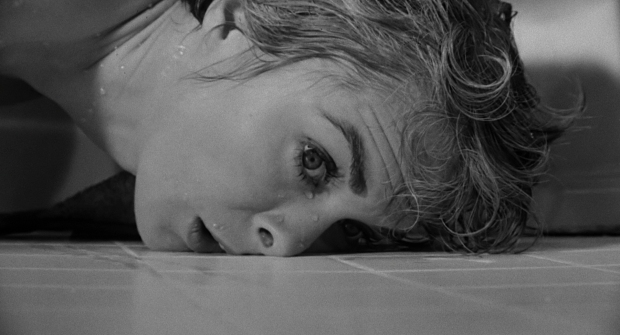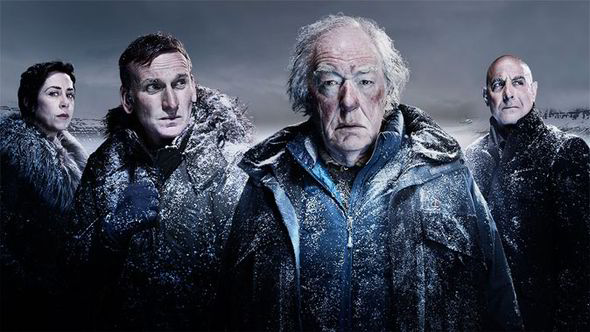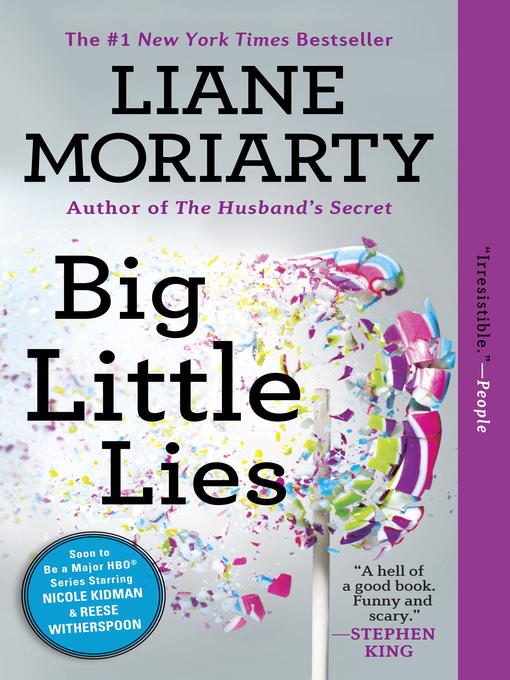

Last week brought the final episode of the six part podcast series Inside Psycho. I had been stockpiling them since the first episode released and then listened to them all over a few days’ time. I am so happy that I did, because this series sure was wonderful!
Psycho is a particular favorite of mine. I couldn’t even guess how many times I’ve seen it, and if I’m flipping through channels on TV and it’s playing, I will sit there and watch the rest of it. I love it for so many reasons: Hitchcock, film making/cinematography, creepy and weird, Anthony Perkins is pretty perfect.
With all that said, I must admit, I was a little apprehensive of Inside Psycho. So much has been written and made of the 1960 film, I wasn’t sure if there was anything to add. Would this podcast be more for the neophyte and offer nothing new? I was certainly wrong and delighted about that.


The first episode, of course, talked about noted Wisconsin weirdo Ed Gein, who was the inspiration behind Norman Bates in the book Psycho, written by Robert Bloch. Episode 2, however, revealed so much. Notably, I was unaware that the young Robert Bloch frequently corresponded with HP Lovecraft, the latter who encouraged Bloch’s writing and creativity. The letters have been collected in a book.
All six episodes were stellar. The production itself was an engaging amalgam of documentary-style, radio drama, and a little horror, thrown in for good measure. Yes, of course, there were aspects of the story’s history that I was well aware, but details, for example, like the film making process was more than appreciated. Psycho was innovative in its craft and film making. There was also a particularly humorous account about how the rating censors couldn’t agree if there actually was nudity in the shower sequence.
Also, can you guess another horrifying sight that the censors thought obscene? The shot of the toilet in the bathroom. The idea of showing a toilet in a film or television show was greatly verboten. THE HORROR!

Dead lady? Yes. Flushing toilet? GOD FORBID!
Links:
- Listen for free to Inside Psycho
- Robert Bloch: Weird Tales and the Influence of HP Lovecraft
- Letters to Robert Bloch and Others by HP Lovecraft































